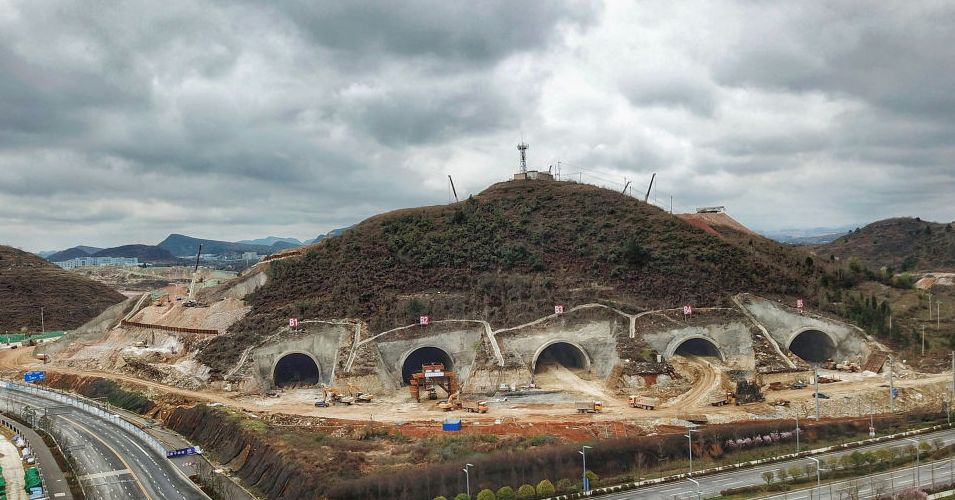Underground Bunkers Repurposed as Ultra‑Secure Data Centers

Key Points
- Cold War bunkers and abandoned mines are being transformed into secure data centers.
- Cyberfort operates a former RAF radar bunker with blast‑proof doors and biometric access.
- Physical security is marketed alongside cyber defenses to protect against a range of threats.
- All facilities are located in the UK to ensure compliance with data‑sovereignty regulations.
- Data centers consume about 200 terawatt‑hours annually, roughly 1 percent of global electricity use.
- Cyberfort uses renewable energy and a closed‑loop cooling system to limit environmental impact.
- Recent large‑scale outages have heightened interest in resilient, underground storage solutions.
- The durability of bunker structures is promoted as a long‑term safeguard for digital assets.
Former Cold War shelters and abandoned mines are being transformed into high‑security data centers. Companies such as Cyberfort operate these subterranean facilities, offering protection against both cyber and physical threats. The hardened concrete walls, blast‑proof doors and strict access controls promise data survivability even in extreme scenarios. While the physical security is emphasized, the facilities also address regulatory concerns like data sovereignty and environmental impact by sourcing renewable energy and using closed‑loop cooling. The trend reflects growing anxieties over data loss and the need for resilient infrastructure.
From Cold War Shelters to Cloud Vaults
In the United Kingdom, a former Royal Air Force radar bunker built in the early 1950s has been converted into a data center operated by the Cyberfort Group. The site, originally designed to withstand megaton‑level nuclear detonations, now houses servers that store what the industry calls the "new gold" – digital data. Visitors descend through a 10‑foot‑high razor‑wire fence, pass a mantrap, and travel down a steel staircase into a concrete‑lined environment where temperature and humidity are tightly controlled.
Physical Security Meets Digital Threats
Cyberfort markets its underground facilities as the ultimate safeguard for regulated industries such as defense, health care, finance and critical infrastructure. The bunker’s armor‑plated doors, blast‑proof walls and biometric access controls are presented as protection not just from hackers but also from physical attacks, natural disasters and even solar storms. The company’s chief digital officer emphasizes that while many focus on cyber threats, the physical side of security is equally vital.
Data Sovereignty and Regulatory Compliance
All of Cyberfort’s data centers are located in the United Kingdom, allowing clients to remain within UK data‑sovereignty laws. This geographic choice reassures customers that their data will be subject to UK privacy standards rather than foreign regulations, a point highlighted during tours of the facility.
Energy Use and Environmental Considerations
Data centers consume massive amounts of electricity – an average facility uses an estimated 200 terawatt‑hours per year, roughly 1 percent of total global electricity demand. The industry’s carbon footprint is projected to reach 2.5 billion tons of CO₂ by 2030. Cyberfort addresses these concerns by sourcing renewable power and employing a closed‑loop cooling system that minimizes fresh‑water usage.
The Growing Demand for Resilient Storage
Recent high‑profile outages, such as the CrowdStrike incident that disrupted supermarkets, pharmacies and banks, have underscored the fragility of online services. As outages become larger and more frequent, businesses are turning to bunker‑style data centers to mitigate downtime and protect reputations. The durability of these structures – likened to pyramids that outlast civilizations – offers a long‑term solution for preserving digital assets.
Future Outlook
With the continued expansion of cloud services and the rising value placed on data, more abandoned facilities are expected to be repurposed. Some firms are even considering constructing new bunker structures from the ground up to meet the growing demand for secure, sovereign, and environmentally responsible data storage.